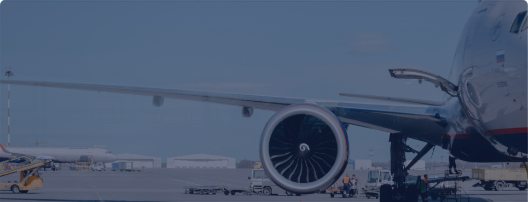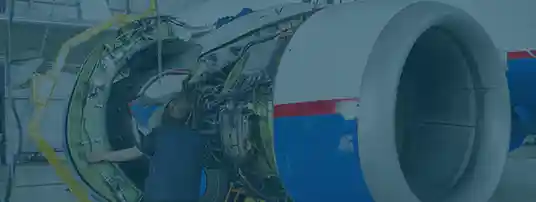The Boeing 777 is a long-range wide-body twin-engine jet airliner with a range of 5,235 to 9,380 nautical miles. It is the world’s largest twinjet and has a typical seating capacity of 314 to 441 passengers. The 777 was designed with the efforts of eight major airlines with the specific purpose of replacing older wide-body airlines and bridge the difference between Boeing’s 767 and 747. Its distinguishing features are the largest turbofan engines of any aircraft, six wheels on each main landing gear, a circular fuselage cross-section and a
The 787 Dreamliner entered service in 2011 and boasts many of the same features as the widely successful 777. It is currently Boeing’s most fuel-efficient airliner and also the first major airliner to use primarily composite materials for the construction of its air frame. Like the 777, it is also a long-range twin-engine jet airliner but with a smaller size, seating 210 to 290 passengers. The 787 is 20% more fuel efficient than the 767, which it designed to replace, and can fly between 8,000 and 8,500 nautical miles. Its notable features include electrical flight systems, a four-panel windshield, noise-reducing chevrons on its engine nacelles (cover housing that holds engines) and a smoother nose contour. Many suppliers around the world collaborated to produce the 787, which has its final assembly at the

 The only independent
The only independent



“We Proudly Support Intrepid Fallen Heroes Fund that serves United States Military Personal experiencing the Invisible Wounds of War : Traumatic Brain Injury (TBI) and Post Traumatic Stress (PTS). Please visit website (www.fallenheroesfund.org) and help in their valiant effort”.
We Hope that You Will Visit Us Again the Next Time You Need Aircraft Parts and Make Us Your Strategic Purchasing Partner.
Request for Quote